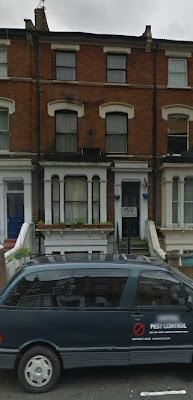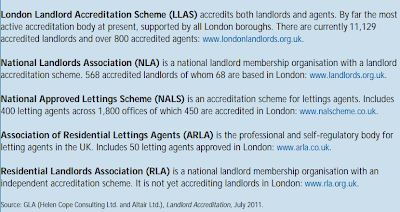License landlords or resort to Asbos?
This month Newham will become the first council in England to require private landlords to be registered. Meanwhile, Camden has already served the country’s first landlord asbo to a West Hampstead landlady and has sought this week to extend it in court. Over at City Hall, Boris is proposing a “new housing covenant“, which puts forward some changes to tenancy agreements in the favour of tenants under a London Rental Standard.
The idea of licensing is to root out and stiffly penalise rogue landlords – the sort of people who exploit tenants by cramming lots of people into poorly maintained houses and then charge them an extortionate amount of rent. It also means that people who decide to rent their property out for lifestyle reasons rather than for pure profit must also register – there are a lot of these people. Many in the industry think that the licence requirement is overkill and that there are more cost-effective ways of protecting tenants from rogue landlords.
Last year, Camden opted for a different approach. It served a two-year anti-social behaviour order on Catherine Boyle of 14 Iverson Road back in January 2011, and sought to extend it at the end of 2012 after she failed to comply with some of the court’s requirements.
 |
| Google Street View catches a pest control vehicle parked outside 14 Iverson Road |
Catherine Boyle lives in and rents out rooms at the property, at the Kilburn end of Iverson Road. It qualifies as an HMO (house of multiple occupancy). She has been banned from causing harassment, alarm or distress to her tenants, entering their rooms without their consent, and cutting off their gas and electricity supply. She was also fined £8,000 for failing to comply with fire regulations despite having been given more than six months to meet the requirements (more than half of this was to pay the council’s court costs). In August 2010, she was cautioned for assault against one of her tenants.
Asbos seem like a pretty drastic solution to tackle problem landlords. They remain practically unheard of – the only other example that comes up is in Plymouth, where the council is appyling for an asbo against a landlord that would prevent him from letting to anyone on housing benefit. Councils do already have considerable powers to fine landlords heavily, especially those letting HMO properties, and jail sentences are not unheard of. The council can also takeover the running of the property.
In Ms Boyle’s case, I understand that there was both bad behaviour, as well as non-compliance with regulation, which may have been why the order was sought.
What is not clear to me is why a licensing policy such as Newham’s need to be applied to all landlords. Reserving it for HMO landlords, or even those with multiple properties would save time and money for both the council and plenty of ordinary landlords. This might be combined with a compulsory training program.
The Mayor certainly argues against any additional regulation in his private rented sector (PRS) report:
The Mayor does not support top-down regulation as a way of achieving better management or more choice for tenants, not least because the GLA does not possess formal powers in this area. In any case, regulation is damaging for investment into the PRS and it should always be a last resort. The sector’s capacity for voluntary self-regulation has not yet been exhausted – indeed, with the support of the Mayor, boroughs and landlord organisations, voluntary accreditation can deliver the step change in standards that tenants are rightly seeking. It is also unfair to penalise the majority of law-abiding landlords because of the actions of a small minority.”
It does seem that the system of landlord accreditation could do with some consolidation.
What do you think? Should councils use the powers they already have to deal with rogue landlords or are licensing or asbos the way forward?


